How Coram Shakespeare Schools Foundation unites mainstream and special schools
The Role
Without Lighting Designers, it would be very difficult to see anything.
Lighting Designers light the production so that the action onstage is visible. They can create theatrical sequences, such as shipwrecks and battles, and help draw the audience’s attention to things that are happening onstage which are important to the story. In films, it is very easy to accomplish this through editing, however in theatre, lighting is a great storytelling device to help the audience better understand what is happening.
Similar to the Costume Designer, which we talked about last time, a Lighting Designer works in close proximity with the Director and the rest of the design team. Each creative influences one another as they contribute ideas and work towards making the final production as good as it can be.

A Quick History
Since the theatre first moved indoors at the beginning of the seventeenth century, lighting has been crucial to live performance.
In Shakespeare’s time, plays indoors were lit with candles. In the early 1820s, English inventor Goldsworthy Gurney developed a blowpipe that burned hydrogen and oxygen to produce an extremely hot flat. This was then directed at a chemical compound called calcium oxide (AKA quicklime) which emitted an intense white light. This was called ‘limelight’. It was only in the late 19th century, following the work of Thomas Eddison, that modern era of electrical stage lighting began.
The Process
Lighting Designers need to have a good understanding of the script, be aware of health & safety precautions, and keep on top of budgetary constraints. Lighting can be used to signal scene, setting, and time changes to the audience, to help them better understand the story. They also need to know what kind of lights are available to them and how they can best use these to their advantage.
Both the script and the production’s rehearsals will help the designer plan and fine tune the lights. They will create a ‘lighting plan’ and ‘cue sheet’ with all the lighting requirements and cues for the show.
Once the company can get in to the performance space, the designer will ‘rig’ all the lights. ‘Rigging’ is a term used for when designers position the lights and angle them to fit their needs. This is then followed by a ‘plotting’ or ‘focusing’ session, with the actors in the space, checking that everyone can be seen onstage. There will then be a ‘cue-to-cue', rehearsing the changes in lighting states. Actors will be needed for this to say their cue lines. This will be followed by a ‘dress rehearsal’, a practice run for the show. Once this is completed, the show will be ready for performance!
The Kit:
Lightboard - A lightboard is a control console from where the Lighting Designer controls the level, intensity and placement of each of the various theatre lights. Via a computer program, they are able to fade lights up and down, at the beginning and ends of scenes, whilst also creating more complex effects such as a ‘strobe’.
Cyclorama - Often referred to as a ‘cyc’, a cyclorama is a large, smooth piece of seamless fabric specially made to catch and spread light. Cycs are often used as backdrops because they are easy to project different coloured lights onto, which help to create changing moods in different scenes.
Gobos - These are objects placed inside or in front of a light source to manipulate the shape of light and its shadow. They are commonly stencilled circular metal discs used to project designs or patterns.
Gels - Gels are sheets of coloured transparent material used to alter the light emitted from a light source. Over time, the colour of the gel will fade and need to be replaced.
Examples:
One example of an accomplished Lighting Designer is Jon Clark. Clark studied Theatre Design at Leeds University, before going on to become an Associate Artist of the RSC. He has designed for the National Theatre and the RSC as well as numerous West End and Broadway productions. Recent designs include The Lehman Trilogy on Broadway and The Shark is Broken on the West End.

